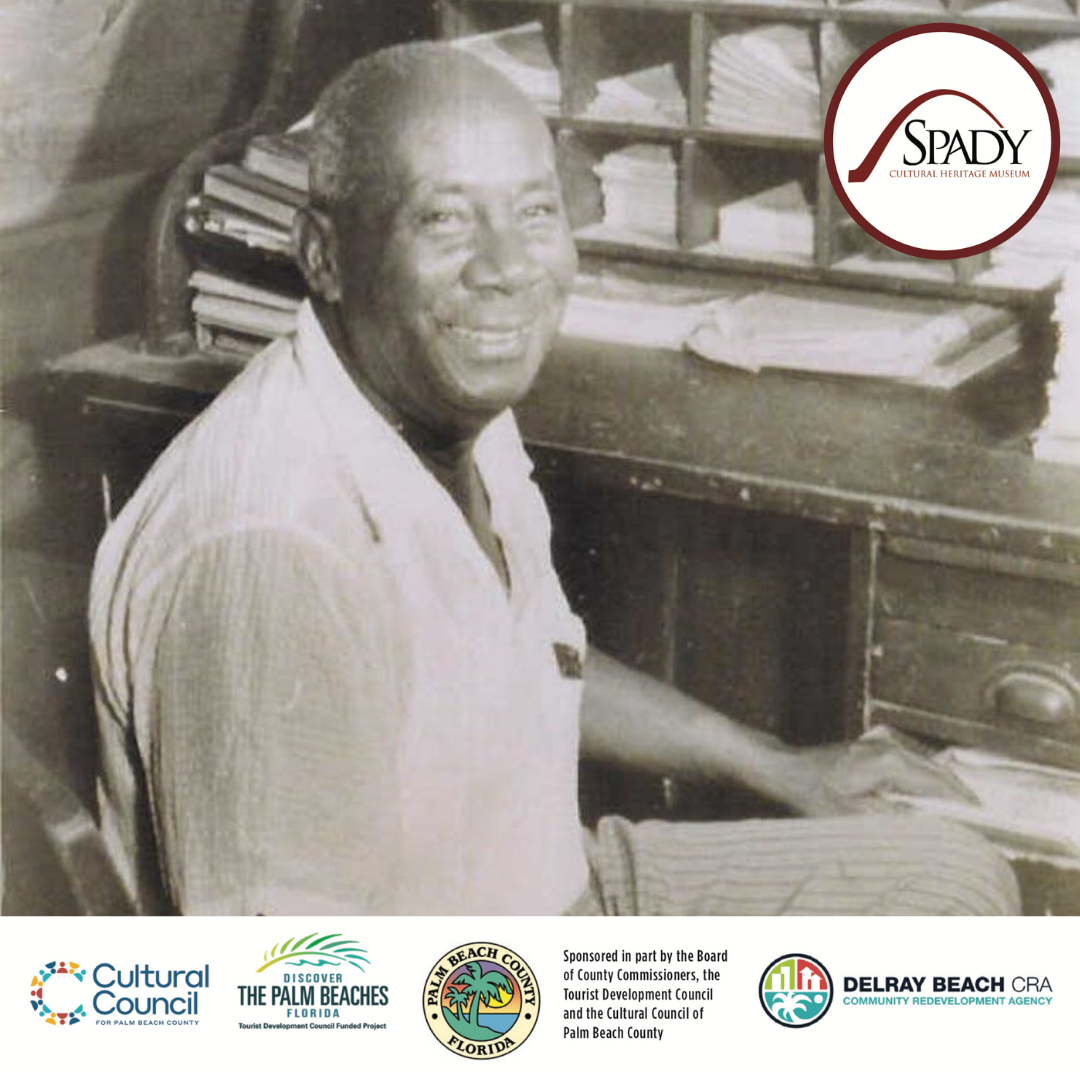The contributions that African-, Caribbean-, and Bahamian-American people have made to the development of South Florida are plentiful and significant. However, they may not be immediately obvious if you don’t know where to look.
Historical organizations such as local museums house some of the most noteworthy documentation of how people from other countries — whether they were destined for America through voluntary immigration or enslavement — lent their unique gifts to the Sunshine State’s growth and famed tourism sector. Why all of this archiving? Because when tourists visit Florida, they want to learn about the people who made the state what it is today.
This drive to preserve history and document the past is widely shared across cultures around the world. During the 47th International Scientific Conference on Economic and Social Development in 2019, Croatian researchers wrote the following statement on cultural tourism and the important role museums play in the success of the communities they serve:
“Libraries and museums with local collections are sources of knowledge about tradition, uniqueness, and credibility of a nation. They collect, process, and keep materials representing the cultural identity of a community. Through their programs, events and cooperation with other organizations and heritage institutions, they bring culture closer to all age groups. Museums keep local history collections as important promoters of cultural heritage that safeguard the identity of local communities and raise the sense of belonging in its members. The development of local collections has a documentational, historical, cultural, artistic and practical value that makes them – and museums as their keepers – important stakeholders in the development of cultural tourism.”
Thankfully for South Florida residents and visitors, there are plenty of places to learn more about how a region as unique as our own came to be. Ready to learn more? Here are three places to start your own explorative journey into African-, Caribbean- and Bahamian-American history right here at home:

The Spady Museum is located in the former home of the late Solomon D. Spady, the most prominent African American educator and community leader in Delray Beach from 1922 to 1957. (📸: Courtesy of Spady Cultural Heritage Museum)
Palm Beach County
The Spady Cultural Heritage Museum
170 NW 5th Avenue, Delray Beach, FL 33445
561-279-8883
The Spady Museum is dedicated to discovering, collecting, and sharing the African American history and heritage of Palm Beach County. Located in the former home of the late Solomon D. Spady — the most prominent African American educator and community leader in Delray Beach from 1922 to 1957 — the museum opened in July 2001. It bears the distinction of being the only Black History Museum & Cultural Center of its kind in Palm Beach County
The museum has become a destination for people of all cultures looking to learn more about Florida’s early black communities and culture. The Spady has exhibited a series of exhibitions highlighting the talents and influences of African Americans, Caribbean Americans and Haitian Americans. Shows ranging from photographic galleries of founding families to contemporary displays on minorities in medicine and the arts have adorned its walls.
Broward County
African American Research Library & Cultural Center
2650 Sistrunk Blvd, Fort Lauderdale, FL 33311
954-357-6176
The African American Research Library and Cultural Center (AARLCC) provides our community with the vast resources necessary to educate this generation and future generations about the rich and colorful African, African American, and Caribbean heritages, cultures and histories.
This 60,000-square-foot facility was built in the heart of one of Broward’s historically black communities and is the third of its kind in the nation to house extensive collections related to the unique blend of cultures it showcases. It is the sixth largest branch library of the Broward County Libraries Division, a service of the Broward County Board of County Commissioners. The library houses more than 85,000 books, manuscripts, artifacts and documents. In addition to these resources, it features permanent and traveling exhibits, a 300-seat state-of-the-art auditorium, and a computer training lab.
More information about this institution can be found at the following links:
https://www.broward.org/Library/Research/SpecialCollections/Pages/AARLCCSpecialCollections.aspx
https://browardcountylibrary.omeka.net/home
https://archivingtheblackweb.org/
Miami-Dade County
The Black Archives
819 NW Second Avenue, Miami, FL 33136
The Black Archives History and Research Foundation of South Florida, Inc. was founded in 1977 by Dr. Dorothy Jenkins Fields. It is a nonprofit organization committed to collecting and preserving the rapidly vanishing material reflecting the African American experience in Miami-Dade County’s early days. The collection has grown over the years, and the Black Archives is now a national resource for this history of the 19th and 20th centuries, providing a rich repository of materials that is used by scholars, students, teachers, the media, and the wider community alike.
The Black Archives, History and Research Foundation of South Florida, Inc. acquired the Lyric Theater in 1988. The Archives house three types of collections based on provenance:
- Subject Collections
- Manuscript Collections
- Black Archives Records
Collections created by The Black Archives documenting the activities of the Black South Florida community are considered to have ethnic provenance and are called Subject Collections.
Interested in diving deeper into South Florida history and learning more about the places that preserve our region’s past? Be sure to visit the above websites for more information on how you can support these institutions and their invaluable work.